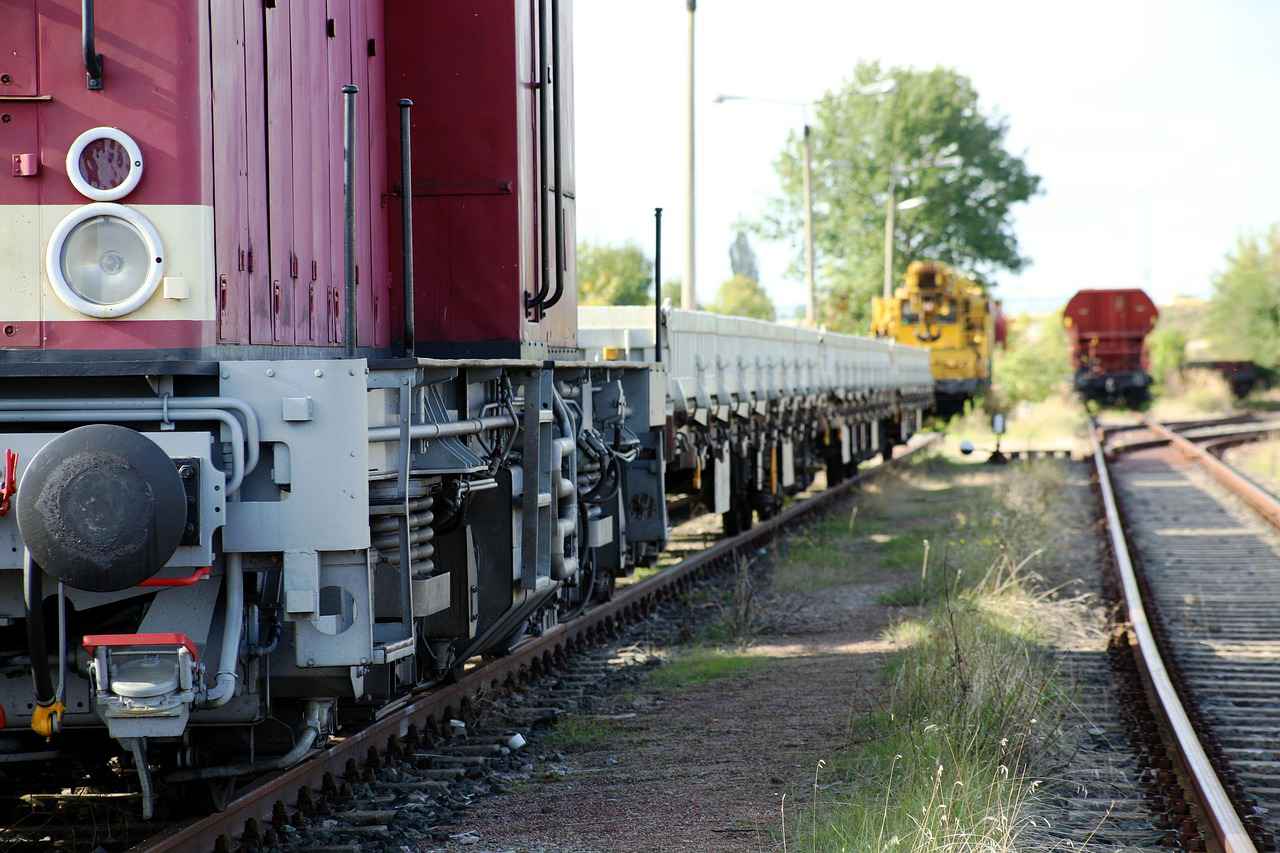The latest inflation rate in the U.S. hit 9.1%, with June’s data showing a significant 10.4% increase in overall food prices year over year, and groceries specifically up by 12.2%. While inflation might be depleting our purchasing power, there are strategies we can employ to not just endure but potentially profit from it.
A good chunk of Americans—about 65%—own their homes and have seen benefits from rising housing prices. Energy stocks might have been a wise buy earlier in the year, but now food prices, exacerbated by ongoing supply and demand issues, remain persistently high.
One straightforward response to food inflation could be eating less. With Americans typically consuming more than necessary, perhaps higher prices could inadvertently lead us to healthier eating habits, although there’s a risk we might just switch to cheaper, less nutritious options. I’m personally trying to eat 20% less to help both my wallet and waistline.
Another tactic is investing in farmland. Considering historical performance during inflation, farmland has shown resilience and profitability. Let’s delve into the factors contributing to rising food costs:
1. Monetary Expansion: The U.S. released over $5 trillion in stimulus during the pandemic’s first year, significantly increasing the money supply and contributing to inflation.
2. Supply Chain Issues: Global shipping delays and equipment shortages are driving up prices for farming essentials like microchips and fertilizers, directly impacting food production costs.
3. Global Conflicts: The war in Ukraine has intensified inflation pressures, particularly since Russia and Ukraine are major global suppliers of essential commodities like grain.
Looking at investment strategies, traditional stocks and bonds typically falter during high inflation. On the other hand, TIPS and real estate often do well, benefiting from the environment that inflation creates.
Regarding farmland, this asset class has not only provided solid returns since 1990 but also acts as a natural hedge against inflation. Farmland values have steadily increased, supported by both the finite nature of arable land and growing global food demand. By investing in farmland, you gain exposure to land appreciation and operational income, which often rises with inflation, reflecting higher commodity prices.
For those considering an investment, platforms like FarmTogether offer an opportunity to enter the farmland market, traditionally dominated by institutional investors. This could be a strategic move to diversify and protect your portfolio against inflation’s bite.








































